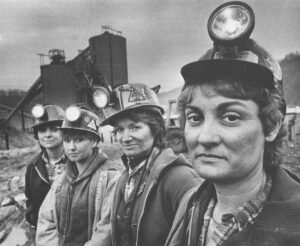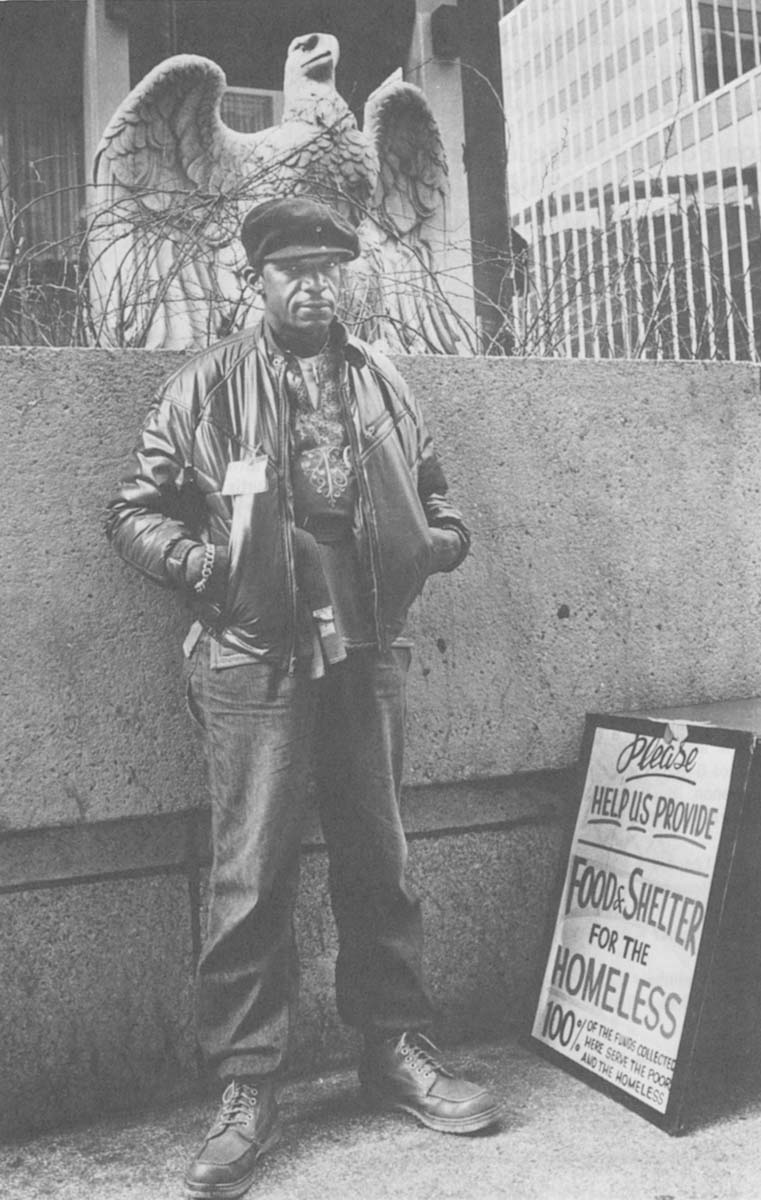





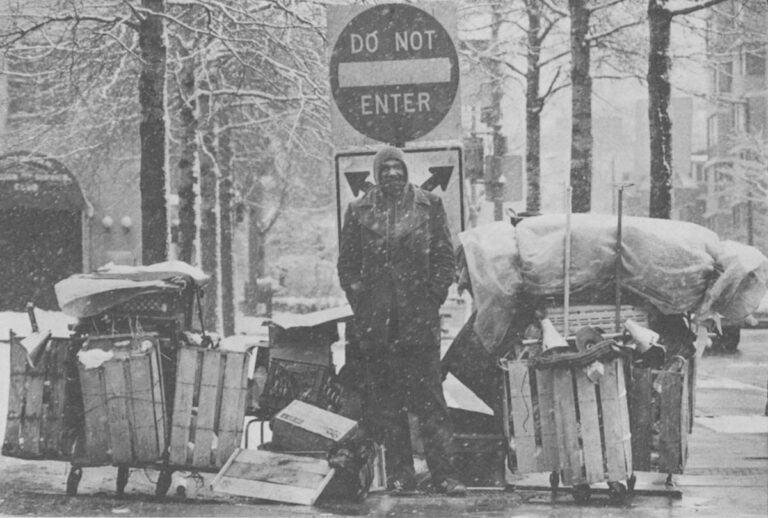
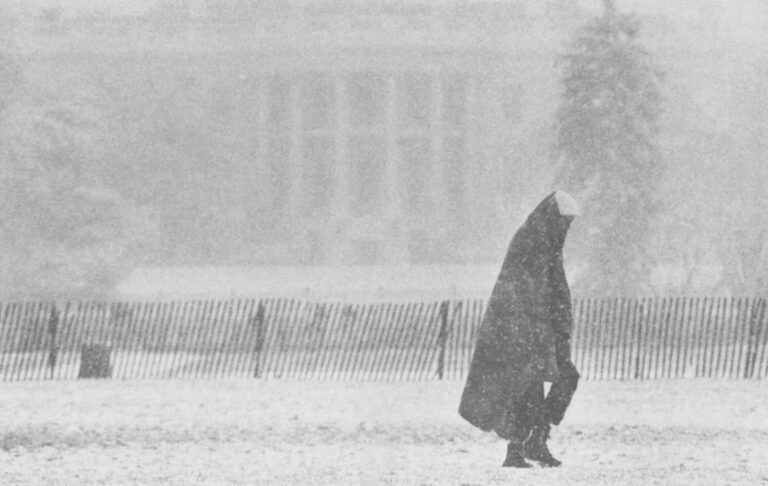
Detroit
Detroit, America’s “Motor City,” has been forced to deal with the harsh realities of changing times. Bad times were evident in the faces of those hardest hit–the unemployed auto workers. In the long unemployment lines, the talk was of troubles at home: separations and divorces. One unemployed father confided that his wife had “split,” leaving him to raise their children, all under the age of four. Others routinely sell their blood plasma to the West Detroit Plasma Corp. (Johnston12.jpg) It was there that I met Harry Baker, who showed me his final paycheck from a company where he had worked for 27 years. Harry was sadly comparing his lost pay to the $10 he had just received for selling two pints of his plasma. (Johnston13.jpg)
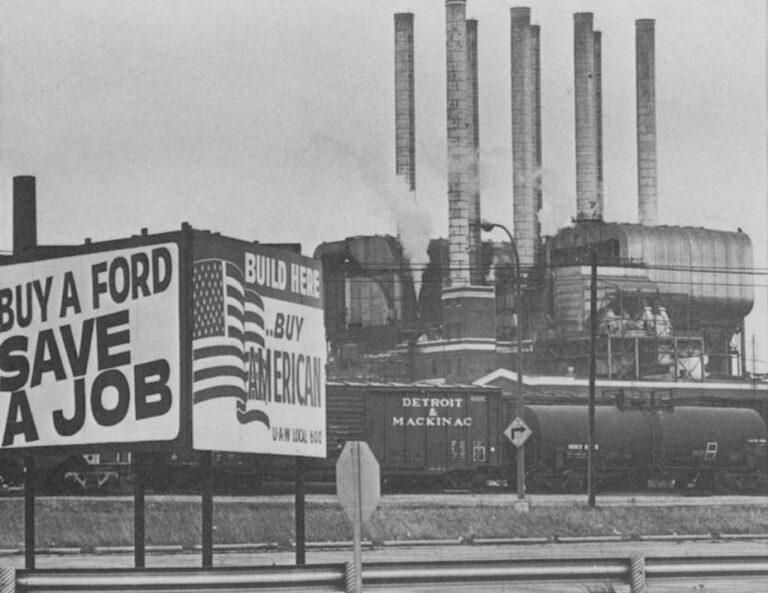


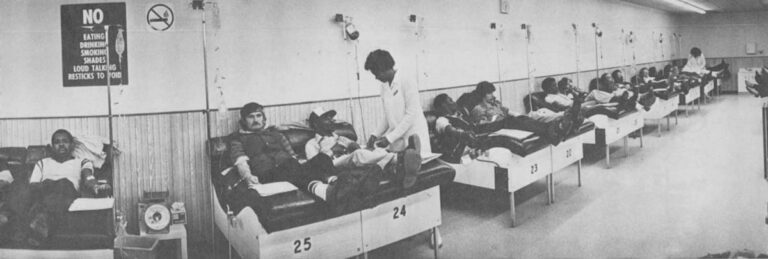

Ford Motor Company has installed robots, and I toured Ford’s Robotics Training Center, (Johnston9.jpg), which was enclosed in a massive, low level building where hard-working, practically noiseless machinery operated non-stop. Among those on the tour with me was a Japanese man who was shown how to manually move a robot (Johnston10.jpg). I also spent time photographing workers on an assembly line at a Ford plant in Michigan. One worker, who wore an American Eagle T-shirt, showed the kind of spirit that seemed to exist among his fellow workers. (Johnston11.jpg) They were grateful to have their jobs. Retraining programs may be the answer for many unemployed workers in the future. In the meantime, those out of work express their anger and frustration in protest marches. (Johnston12.jpg)
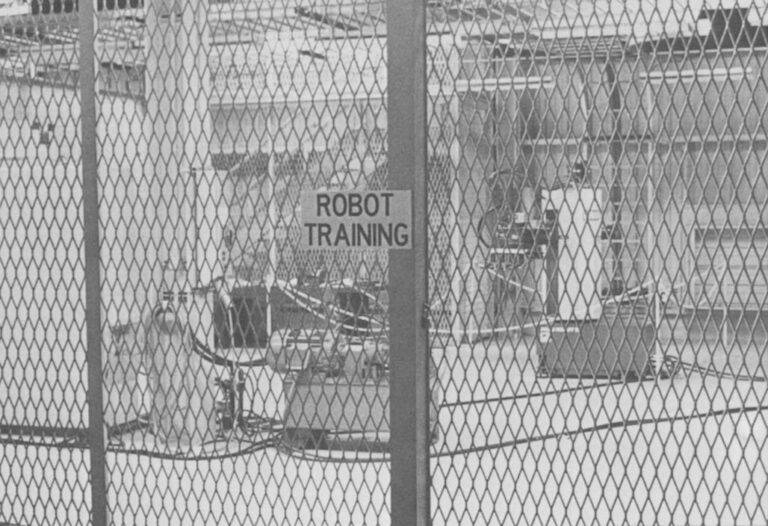
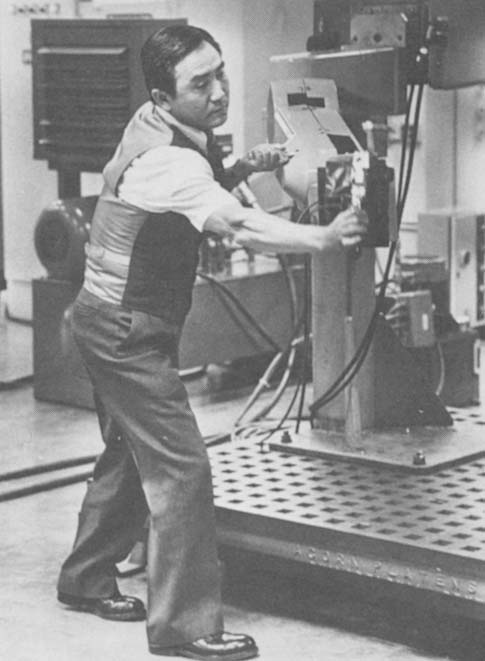

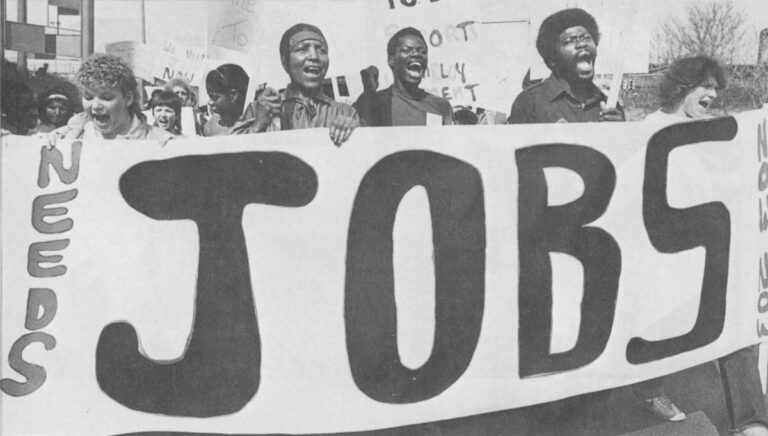
Swartz Creek
I knew about the dioxin problems at Times Beach, Missouri and I was aware that the Environmental Protection Agency had a list of the 418 most dangerous toxic waste sites in the country, but when I actually picked up the government’s Superfund list of waste sites, I was struck by the size of this gigantic book. It seemed to symbolize the size of the toxic waste problem itself. The nation’s 16th worst toxic waste site is in Swartz Creek, Michigan, where the leaking Berlin & Farro chemical dump contaminated the residents’ drinking water. Last spring, Michigan authorities undertook a court-ordered evacuation of 54 families from homes within a half-mile radius of the dump site before cleanup crews moved in to remove highly contaminated soil and sludge from a lagoon there. There was a danger that the cleanup operation would cause clouds of poisonous fumes to be released from the lagoon. An estimated 20,000 drums containing various types of hazardous wastes, including cyanide and acids, were buried 10 feet below the lagoon. But the main health threat turned out to be emissions from C-56, a pesticide component which laced the lagoon wastes and threatened nearby residents if they were exposed.

The residents had two days to pack and move to nearby motels, where some would live for nearly one month. During a meeting at the local township hall, (Johnson16.jpg), frustration and fear showed in their faces. Mrs. Verna Courtemanche, (Johnston17.jpg) held her evacuation notice and shouted, “This is the kind of run-around we’ve been getting for 10 years.” Mrs. Laura Wykes, 24, (Johnston19.jpg), the mother of three children, said her tap water smells like sulfur. She and her husband have lived in the community for five years. She said they considered drilling a new well, but were told by state officials not to bother.
State Police set up barricades around the dump site to keep looters and sightseers out of the area. Those people whose homes were not evacuated were startled by the sight of workers wearing respirators and special protective clothing (Johnston18.jpg). The workers looked more like moon walkers than a cleanup crew. Some 11,000 cubic yards of contaminated soil and sludge were excavated from the lagoon and trucked to Ohio for burial in a hazardous waste landfill there. More than 900 truckloads were needed to clean out the lagoon.
State officials estimated that the total cost of the cleanup may reach $10 million.


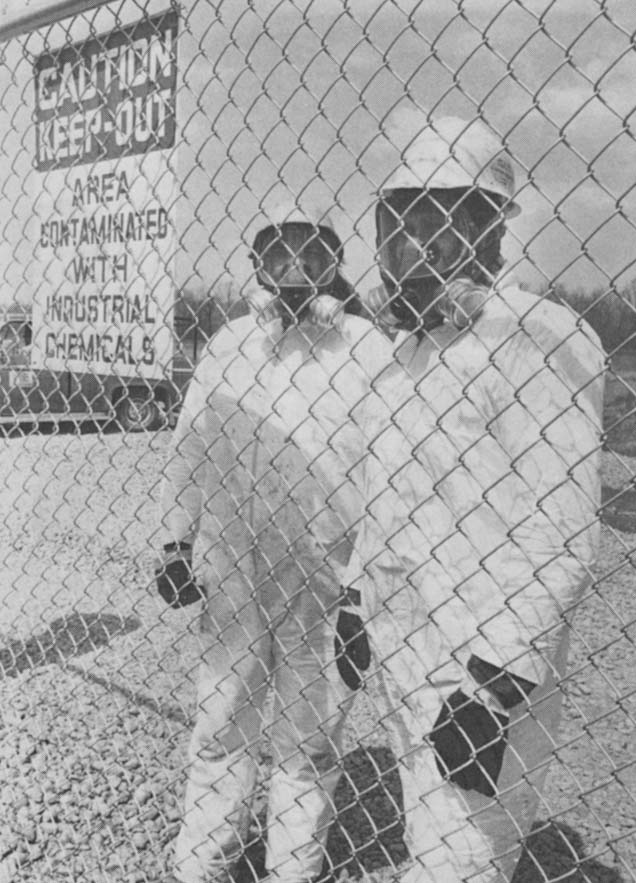

©1983 Frank Johnston
Frank Johnston, a photographer on leave from the Washington Post, is documenting the effects of social and economic changes on the American people.



